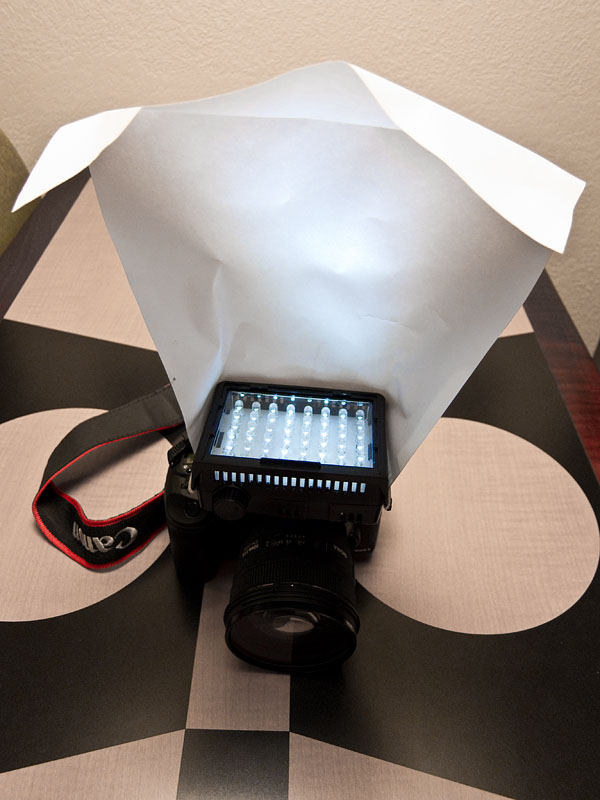

For something even more interesting you can use glue or thermoplastic. Thermoplastic, glue, or other adhesives.Similarly, you can use any other plastic or acrylic material for light diffusion. One very easy and simple example is ping pong balls – just cut a part of them for the LED lights and place the balls on top of them. Really, you can use any semi-transparent surface as a light diffuser. Acrylic, plastic, rubber, and other opaque materials.Whether it’s by being slightly colored or simply thick, it can diffuse LED lights to a varying degree, depending on your preferences. Glass can have some pretty nice diffusing properties, however, and is often used in lighting fixtures. We’re used to thinking of glass as something 100% transparent because most of the glass items around us are meant to act this way. Depending on their knitting they can be used for some spectacular decorative diffusion but they’re not a good choice for standard lighting fixtures. Knit fabrics, on the other hand, offer a whole different type of diffusion. You can use them to diffuse both ceiling light fixtures and decorative lights. They are even easier to work with than paper and are more durable. Standard woven fabrics are flat, non-stretchy, and offer excellent diffusion for LED lights. Or, you can make your own “diffuser frames” from cardboard, wood, plastic, metal, or whatever you like. You can use commercial frames for the lights that you’ve removed the glass from or you can insert pieces of paper behind the glass covers of said frames. With very minimal DIY efforts you can create an excellent paper diffuser screen for any LED light fixture. It’s affordable and it’s easily malleable into whatever shape you want.

Something as simple as a white printer paper can make for an excellent light diffuser. Which you choose is up to how much diffusion you want. Curved and higher screens will offer more diffusers while lower flat ones – less. The depths of said screens can vary, usually between 10mm and 17mm. Most such aluminum extrusions have either flat or curved diffuser screens. You’ll have to find one that’s the right size and length for your LED strips but that should be relatively easy. One of the easiest things you can do for your LED strips is to get an aluminum opaque extrusion from the local hardware store. Paper, plastic, aluminum – virtually any semi-transparent or opaque material can create an excellent barrier for your LED lights to get diffused through. So, a balance will have to be struck depending on how much light and how much diffusion you need. Here are some examples – you can either find many of these as commercially-sold extrusions/diffusers or you can make them yourself, DIY style.ĭo keep in mind, however, that the more you diffuse your lights, the dimmer they get. The other two methods, however, can be done with various different materials and tools. The third point is pretty much self-explanatory – the more distance there is between the LEDs and the diffusing barrier or buffer above them, the better.
LED PANEL LIGHT DIFFUSER DIY HOW TO
If you’re wondering how to diffuse LED lights as well as possible, you’d do best to use a combination of all three methods at once.


 0 kommentar(er)
0 kommentar(er)
